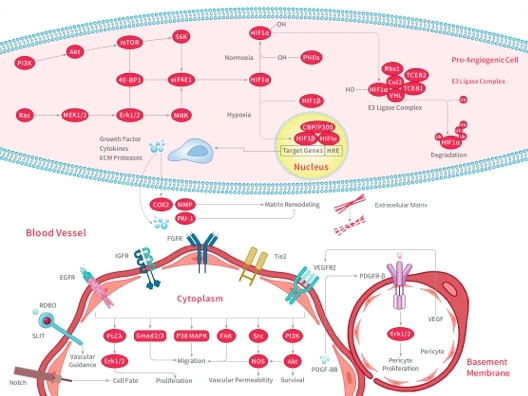Shopping Cart
Remove All Your shopping cart is currently empty
Your shopping cart is currently empty

We would love to know what you think, so we have included a feedback tab on every page.





















The Protein Quantification Kit enables rapid and precise quantitative analysis of total protein content in samples, commonly employed as a pre-treatment step for protein detection methods such as Western Blot, ELISA, and enzymatic assays. Offering multiple detection principles including the BCA and Bradford methods, it features straightforward operation and high sensitivity, suitable for diverse sample types including cell lysates, tissue homogenates, serum, and urine.
| Size | Quantity | Unit Price | Amount | Operation |
|---|
 Hello! How can I help you today?
Hello! How can I help you today? 
Copyright © 2015-2025 TargetMol Chemicals Inc. All Rights Reserved.

